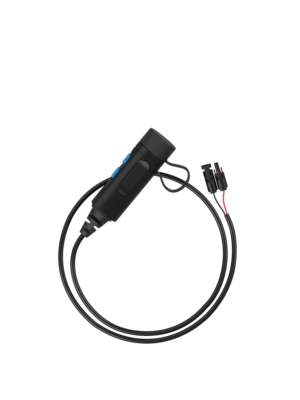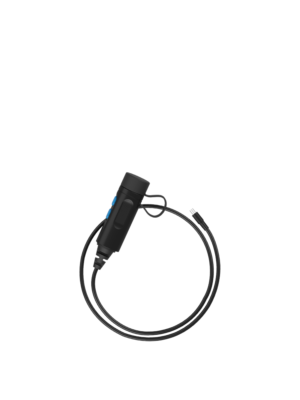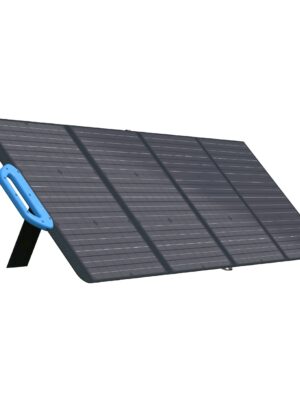How to start your fitness journey Leave a comment
A new year is always a fresh opportunity to start your fitness journey. This can mean anything, whether you’d just like to get off the couch more often, want to run a 5K, or are hoping to win a bodybuilding competition by 2024.
You may not be sure about how to achieve your goals, but that’s ok. Having the motivation to get out there is half the battle, and we want to help you along your way.
PopSci has a number of science-backed fitness stories to guide you in this new era. You’ll learn how to make the best of your workouts, how to get gains safely and consistently, and how to keep your body healthy along the way.
Understand how to build muscle
Fitness novices might think getting buff is just about lifting heavy objects over and over again. In a nutshell, it sort of is, but there’s a lot more to it. Learning about muscles and how your body builds them will help you understand concepts like hypertrophy and failure, and allow you to get the most out of each workout.
Our guide on how to get muscle gains will walk you through that process and explain how resting is as important as going to the gym, and how protein is a crucial element your body needs to build more mass.
[Related: You should definitely rotate your workouts]
Food restrictions like veganism can seem like an added layer of difficulty when it comes to including enough protein in your diet, but getting those gains doesn’t require you to become a carnivore. If you need guidance, head on over to our vegan guide on how to get muscle gains and learn about the foods that will give you the nutrients you need to achieve your fitness goals.
Don’t forget to warm up
Whatever sport or discipline you choose, one of the most common mistakes fitness noobs make when they start working out is to skip warmups. They can seem boring and pointless because you may feel like you don’t actually need them, but trust us: your body does. Warming up properly before you go for a jog or start lifting will help you perform better and prevent injuries in the long run, which will allow you to take your fitness journey even further.
But before you repeat the same stationary stretches you might remember from PE class, give dynamic warmups a try. These exercises will not only tell your brain it’s time to move—which is especially important after sitting at a desk for a while—but will also prepare your body for physical activity by getting your blood flowing and your heart rate up.
Help your body recover
You may think that when it comes to exercise, more is better. And since you’re already motivated and proud of your effort, why not keep going? Well, giving your body time to recover is also essential to your fitness journey.
But other than resting, there are other techniques you can use to help your muscles feel better after a heavy workout. That annoying and painful soreness you feel around 24 hours after your last gym session is a result of muscle damage, and recovery techniques can help you handle the pain and help tissue heal faster.
From classic stretching to foam rollers, ice baths, and massages, our guide on what works when it comes to recovery can be exactly what you need when your muscles are so sore that getting off your chair comes with excruciating pain.
Eat to win
Once you’re at least a couple of months into your journey and have made a little progress, you might find yourself hitting a wall that makes results harder to come by. This is normal and happens to a lot of people as their bodies change. To get back on that progress train, you might need more data about what you’re putting into your body, and tracking your nutrition can be incredibly useful for that.
Knowing your maintenance rate—the number of calories you burn simply by existing—can give you a baseline to adjust the number of calories you eat every day to keep the muscles growing and fat-burning going.
It’s important to know that monitoring your food can be a slippery slope to unhealthy habits, so make sure to do it only for short periods of time, and to follow experts’ recommendations regarding calorie surplus and deficit. And if you don’t know what those are, don’t worry—it’s all in our guide.
Measure progress
Data not only shows you how much to eat but also how far you’ve come. Gathering information about your workouts will make it easier to measure your progress, and you’ll be able to celebrate even the smallest victories so you can push yourself a bit further.
Getting a fitness tracker can help compile all the statistics you need to keep going and improving—all you need is to put it on and go do your best. And if you don’t know which wearable to get, we have some recommendations that might lead you in the right direction.
The type of device you get will highly depend on your budget and your preferred activity, but there are a lot of options to choose from, and they can all give you that extra motivation you need to face another day of your fitness journey.
Try getting a little help from supplements
Nutritional supplements can help get your body what it needs to perform better, stay healthy, and build muscle. But a quick trip to your local drugstore is enough to get anyone incredibly confused. The market is saturated with options, so which supplements actually work?
When it comes to building muscle and improving performance, science has only found two supplements that will help. Learning how to take them and how they work for your body will help you have a better understanding of your process. Keep in mind that you may need to consult a doctor before you start supplementing your nutrition, and also remember supplements don’t do miracles. Moving, resting, and, above all, patience, will keep you on a good path to your fitness goals.
Please Support Our Sponsors
Solar Power Generator Discounts Along With Free Shipping
- 10% OFF for Jackery Solar Generator 2000 Pro Series with code "JADEAL"
- 10% OFF for Jackery SolarSaga 200W Solar Panel with code "JADEAL"
- 10% OFF for Jackery Solar Generator 1500 Series with code "JADEAL"
- 10% OFF for Jackery Solar Generator 1000 Series with code "JADEAL"
- 10% OFF for Jackery Explorer 1500 Portable Power Station with code "JADEAL"
- 10% OFF for Jackery Explorer 1000 Pro Portable Power Station with code "JADEAL"
- 10% OFF for Jackery Explorer 500 Pro Portable Power Station with code "JADEAL"
- 10% OFF for Jackery Explorer 300 Pro Portable Power Station with code "JADEAL"
- 10% OFF for Jackery SolarSaga 100W Solar Panel with code "JADEAL"
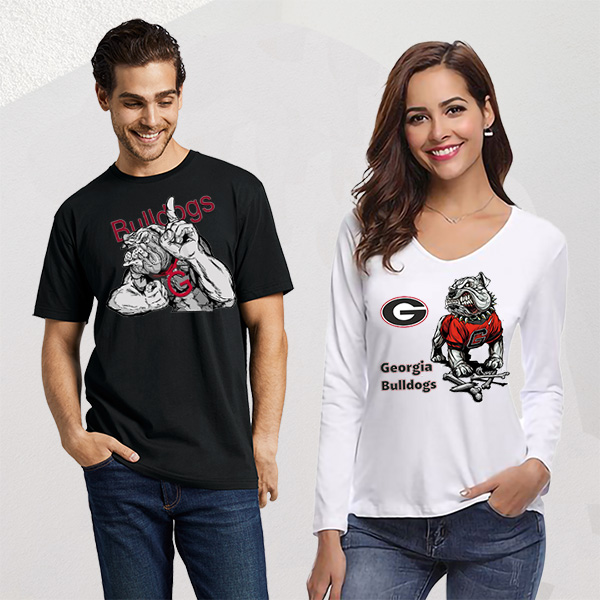
The University of Georgia is represented by the Georgia Bulldogs . The Bulldogs participate in the Southeastern Conference's (SEC) Eastern Division of the NCAA.
They play their home games in the storied Sanford Stadium in Athens, Georgia. The first season in Georgia was in 1892. In 1942, 1980, and 2021, the Georgia Bulldogs won three national championships.
The Georgia Bulldogs have additionally been crowned the National Champion in four additional seasons by at least one polling organization (1920, 1927, 1946 and 1968).
The Georgia Bulldogs are tied for second place in conference history with their 15 conference titles, including 13 SEC titles, and their 59 bowl appearances, which ranks second all-time.
In addition, the program has produced five top picks in the National Football League (NFL) draft, two Heisman Trophy winners, numerous winners of various national honors, and many others.

Longhorns football represents the University of Texas in Austin often known as Texas, UT or the Texas Longhorns. The Longhorns represent the Big 12 Conference in the NCAA Division. They play in Austin, Texas, at the Darrell K. Royal-Texas Memorial Stadium.
The Texas Longhorns are ranked third and seventh, respectively, in terms of all-time wins and win-loss records, with over 900 victories and an overall win-loss percentage of.705.
The legendary program also boasts four national titles, 32 conference titles, 100 First Team All-Americans, and two Heisman Trophy winners.
Get your Texas Longhorns Revival T-Shirt today. The Texas Longhorns Rustic Revival shirt is also a fan favorite.
Many college sports fans like to wear their gear all around town, get your Texas Longhorns Centered gear and show your support.


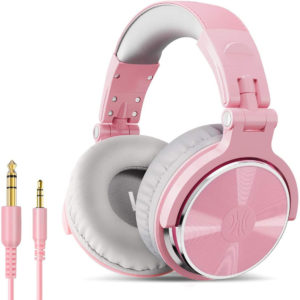

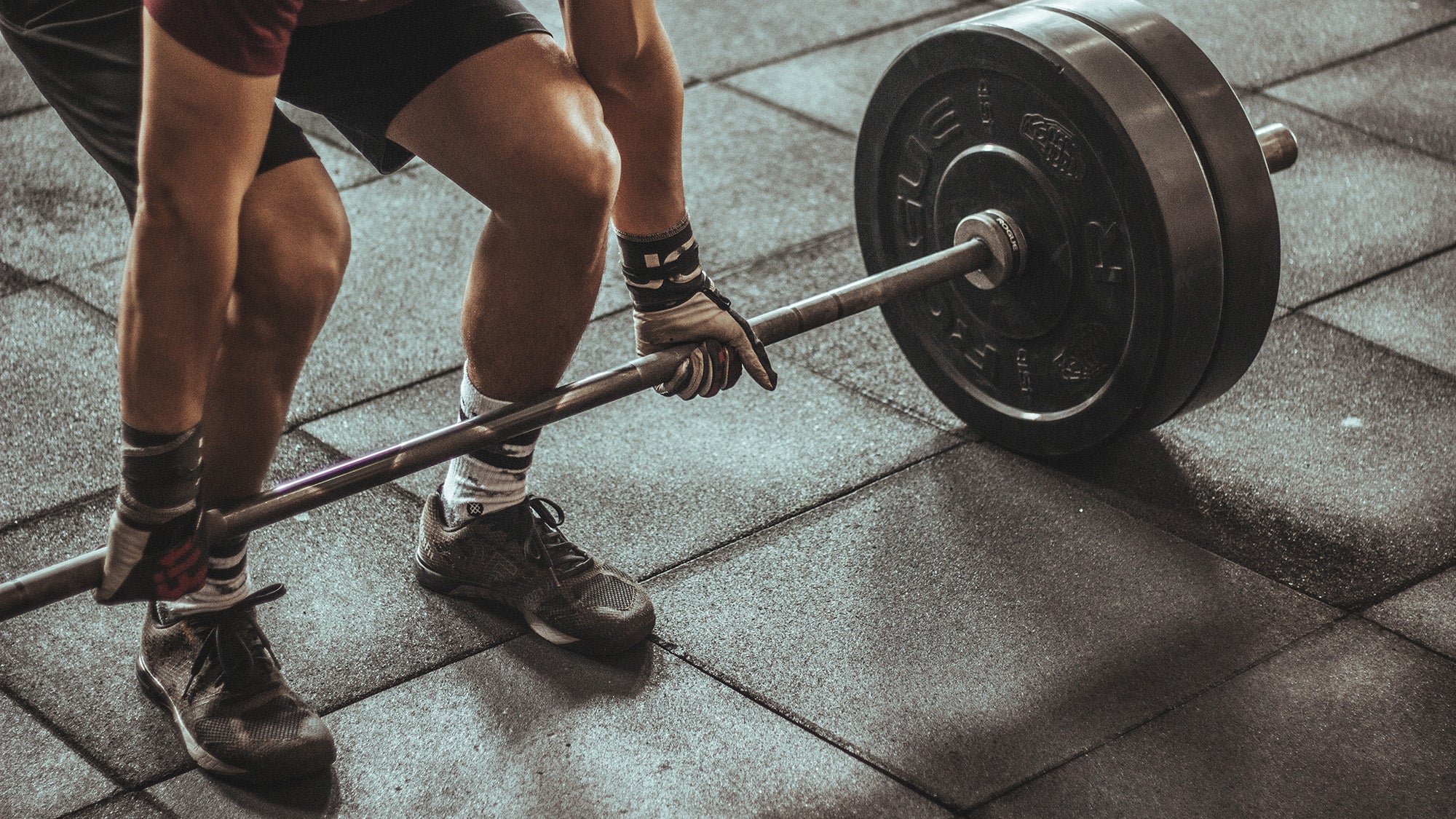
 Gettr
Gettr







